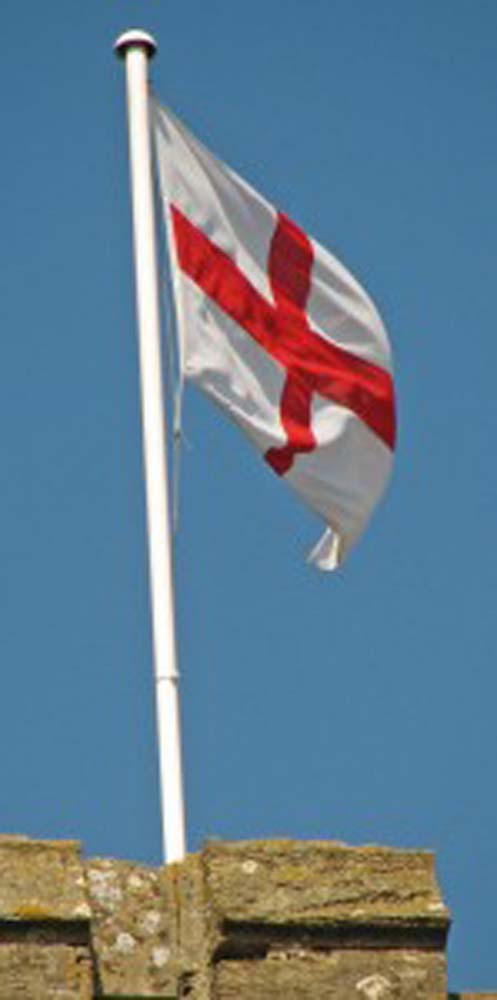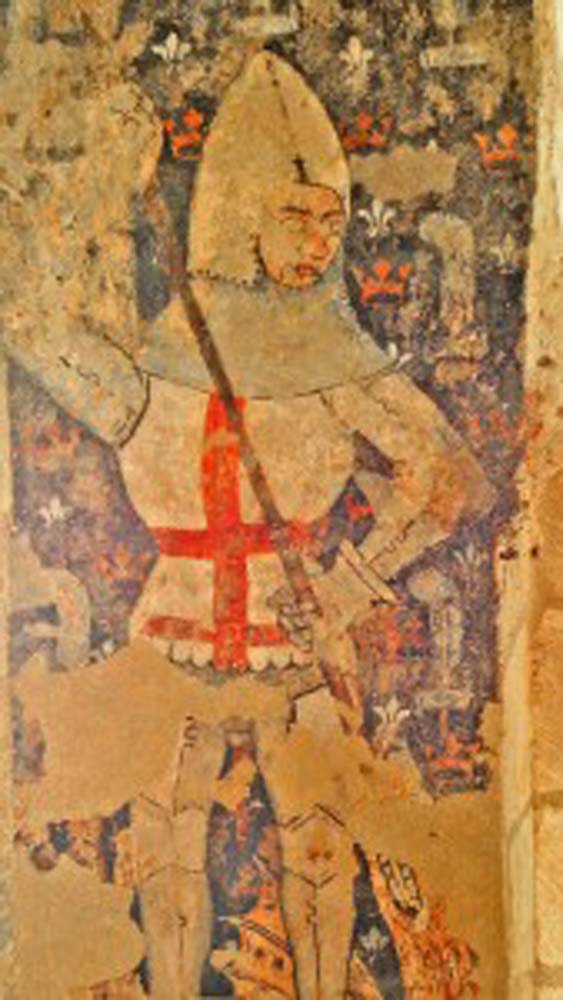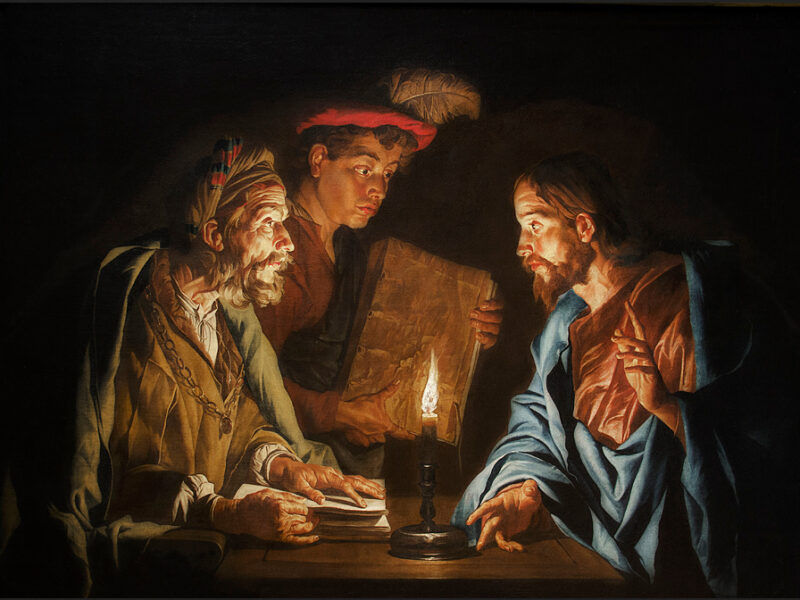
St George, Patron of England
 Martyrdom is now an ambiguous and misunderstood phenomenon. If it simply means ‘dying for what you believe’, what makes that laudable and holy? It is certainly not laudable and holy if such a demise inflicts suffering and death on others, or if it is a deliberate taking of one’s own life removed from the context of threat and persecution in faith.
Martyrdom is now an ambiguous and misunderstood phenomenon. If it simply means ‘dying for what you believe’, what makes that laudable and holy? It is certainly not laudable and holy if such a demise inflicts suffering and death on others, or if it is a deliberate taking of one’s own life removed from the context of threat and persecution in faith.
For the Catholic Church, the content of what is believed bears upon whether or not individuals are to be venerated as martyrs. In
These points are relevant to the remembrance of
 It is thus extraordinary that his patronage is linked to so many countries and situations. It is not only
It is thus extraordinary that his patronage is linked to so many countries and situations. It is not only
I think we must return to the careful examination we have made of martyrdom. George, in the face of darkness and persecution, chose the light and followed his Lord Jesus. As a soldier he would have known battle, faced the possibility of death. This is not the issue. His submissive, passionate action, defying soldier’s orders, maintained compassion in the face of tyranny and justice at the risk of dishonour and treason. This is the example that so many have found in our patron saint, that sudden rush of love that falls on those born again in the Spirit, that at the last, changes one’s life.
But what of the identity that the patronage of George the Turk brings to
‘I see you stand like greyhounds in the slips,
Straining upon the start. The game’s afoot:
Follow your spirit; and, upon this charge
Cry God for
Henry V: Act 3, Scene 1


